
The Promise of an Age-Friendly Ecosystem
Generations Journal, vol. 49, no. 1 (Spring 2025)
The articles in this issue were written prior to the sweeping changes made to federal and state health programs and reductions in the federal workforce. At time of publication, these programmatic changes are not complete, but the editors acknowledge that these significant changes may have a profound impact on the programs and services that serve older people, people with disabilities, caregivers, families, and communities across the country. Multi-sector collaborations and partnerships across the age-friendly ecosystem are now more important than ever.
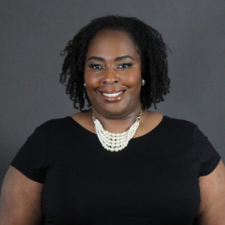
Guest Editor: Karon L. Phillips, PhD
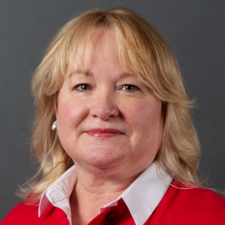
Guest Editor: Megan Wolfe, JD
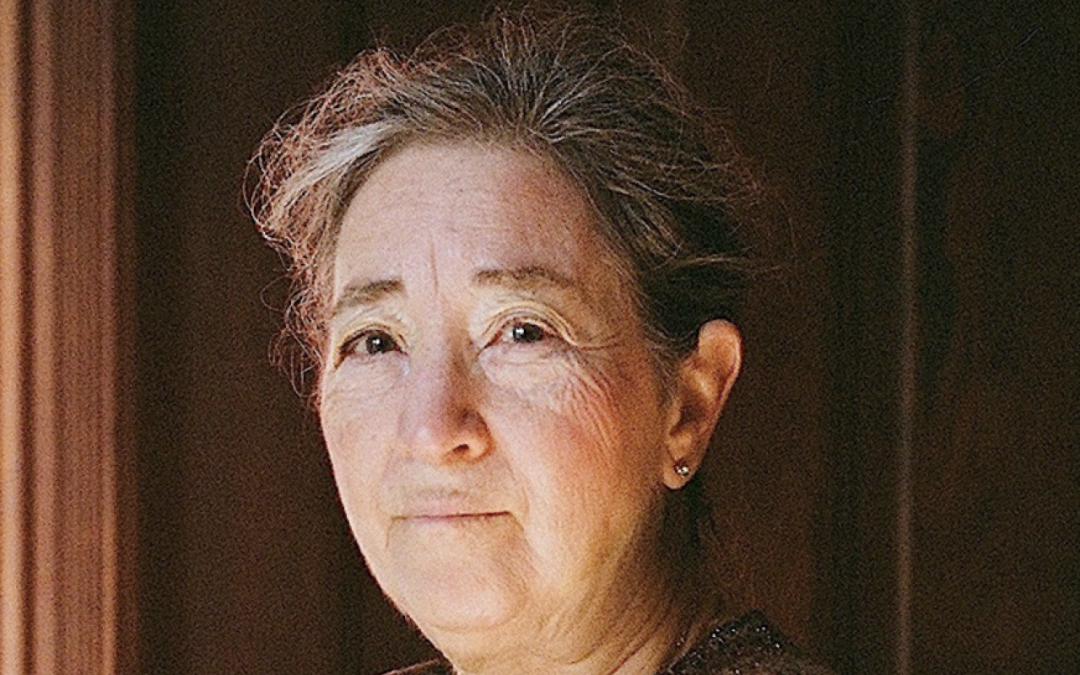
Why I Wrote American Eldercide
Fighting ageism will be one of the great public-health battles of the next decades. I didn't see that clearly enough until spring 2020, the start of the COVID Era of accelerated ageism. I have to confess I had written several anti-ageist books without confronting systemic ageism in the healthcare system. Now, everyone with fresh knowledge of UnitedHealth...
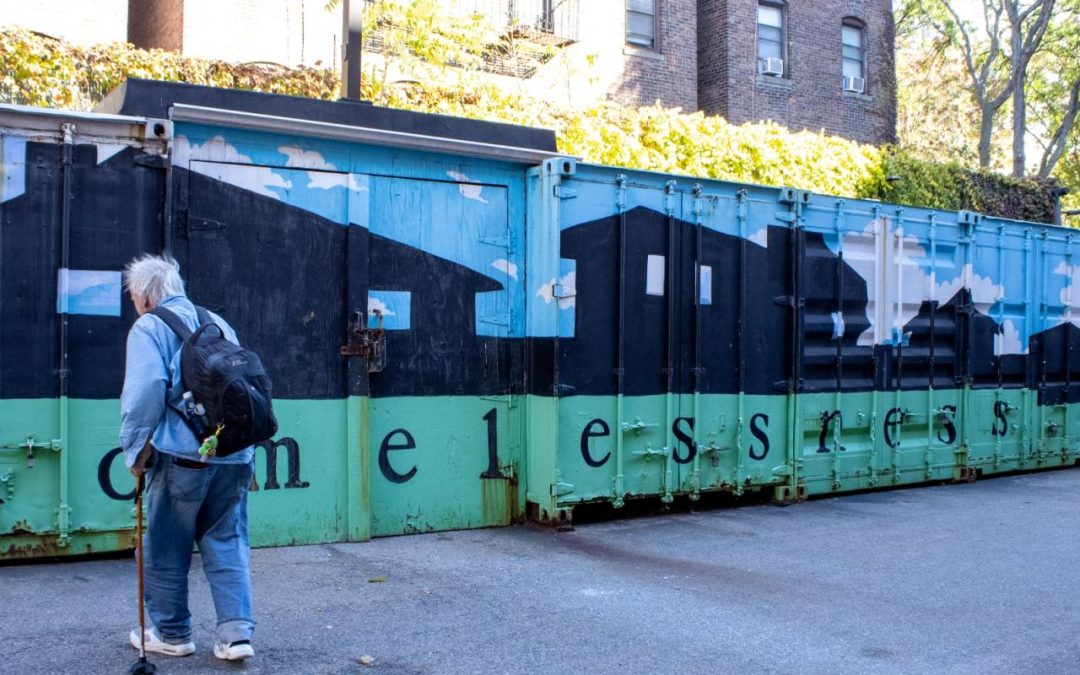
‘I Wish I Never Came Here’
This article is one of a series of four published as part of a collaboration between the American Society on Aging's Generations Now blog and the Department of Journalism in Boston University's College of Communication. The student journalists are members of Professor Meghan E. Irons' Online Journalism class for graduate students. Bunny Longbottom, 66, of...
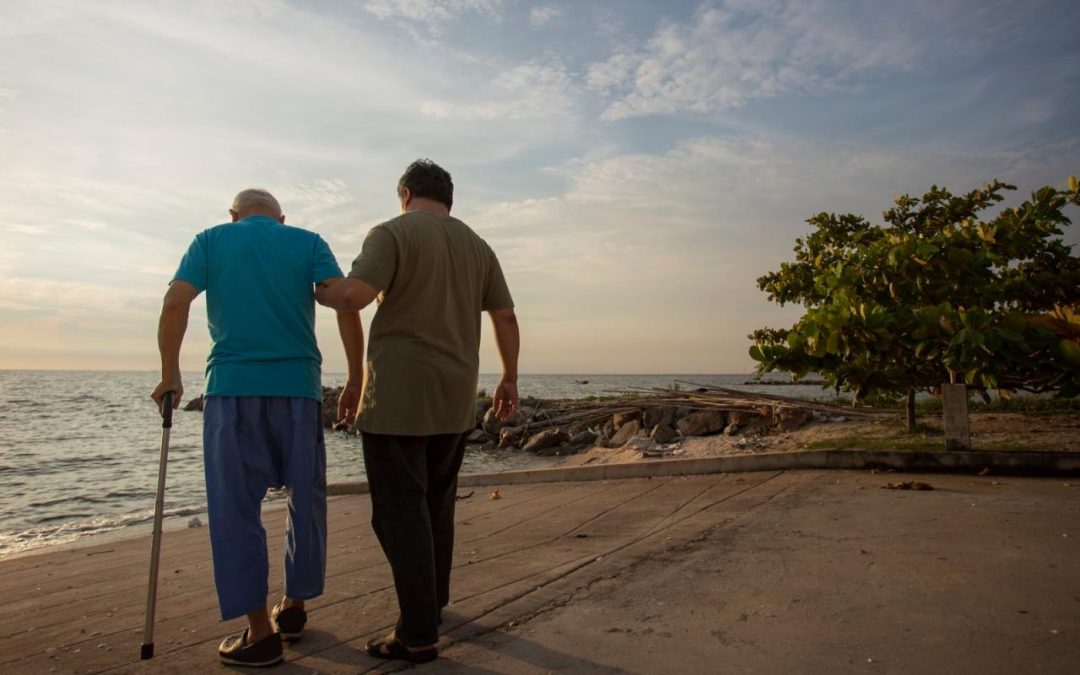
Fostering Dementia Family Caregivers’ Resilience Via a Virtual Social Model
Family caregivers of individuals with dementia navigate immense emotional, physical and social challenges, often leading to isolation and diminished well-being. Traditional support programs often focus on caregiving skills and patient needs, frequently overlooking caregivers' personal identities and mental health. The Motion Picture & Television Fund...

ASA RISE and the Matrix of Domination
Editor's Note: The John A. Hartford Foundation is collaborating with ASA RISE to advance equity through a series of blog posts in support of the development and dissemination of equity-related, partnership-based thought leadership through ASA's Generation platform. This blog post is part of that series. ASA RISE is a 20-week social justice and...

The Potential of Using AI to Design Safer Communities
The rising older population and evolution of technology is prompting many elder care communities to adapt to the changing needs of residents. Today, newer buildings feature restaurants, fitness centers and dedicated entertainment spaces, as well as additional communal spaces to foster social connections. From an infrastructure perspective, many of these...

Providers Are Failing People with Parkinson’s and Complex Dementias
Having been diagnosed with Parkinson's disease (PD), Jim was living peacefully at home with his wife. Suddenly, he had a change in cognition and began exhibiting confusion and stress behaviors that were described as aggressive. His wife called 911 hoping for help, but instead there began a cascade of mismanagement, complications and challenges. The...

Spiritual Aging: The Path to Growing Not Just Old, but Whole
Adapted exclusively for the American Society of Aging from Carol Orsborn's Spiritual Aging: Weekly Reflections for Embracing Life (Inner Traditions, December, 2024) Who among us does not know more now than we did 10, 30 or 50 years ago? Not just about what is right and what is wrong, but who we are and the nature of the choices that are ours to make. Do...

Americans Want a Better Economy—Investing in Care Holds the Key
On the surface, the potential for deeper investment in the care economy is clear. The President-elect won the 2024 election with significant working-class support, from voters for whom the economy was an overriding concern. The 2024 Republican Party Platform vowed both to protect at-home care for older adults and to address the shortage of direct care...
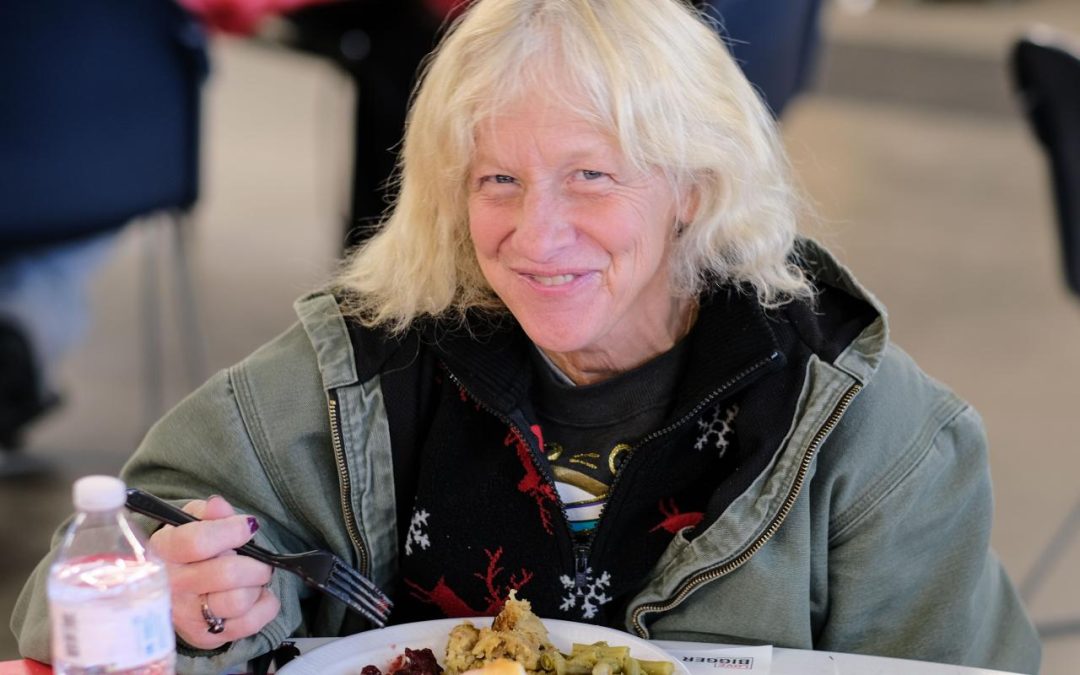
Weaving a Complex Safety Net for Unhoused People in Colorado Springs
In mid-September, Sydney Byer, manager, Policy and Strategic Partnerships for Next50 in Denver, interviewed Julie Divine, senior manager of Philanthropy at Springs Rescue Mission, which is one of Next50's grantees, about the experience of working with people who are unhoused, particularly older adults. Divine represented the broader team at Springs Rescue...

Elder Financial Exploitation and the Role of the CFPB
One of the most critical risks facing older Americans, and indeed, Americans of all ages, is the problem of fraud. Fraud is devastating to the financial security of older Americans. The most conservative estimates translate into at least 4 million financial exploitation cases per year for people ages 60 and older. A TrueLink study found that 37% of older...

Improving Lives and Care: the Long-Term Care Ombudsman Program
During a 1971 helicopter ride to a speech in Chicago, President Nixon and former Commissioner on Aging Arthur S. Flemming were discussing the President's presentation of initiatives to improve nursing home care. By the time they arrived in Chicago, a new idea was added: the formation of a nursing home ombudsman program. The idea behind the creation of the...

SNAP Stories: Two Older Adults Navigating Benefits in New York
In late September, Laura Borth reached out to two aging organizations who assist older adults with SNAP (or SNAP applications). These are the stories of two older New Yorkers who rely upon SNAP benefits. For more than 25 years, I was a proud business owner in Buffalo, NY. As the operator of a home and office cleaning service, you had to be willing to...

Champion of Elder Justice on Advocacy’s Long and Winding Path
It was March 23, 2010. President Barack Obama had just signed the Affordable Care Act into law, which included the landmark Elder Justice Act. The journey to getting this Act to become law has been a personal and professional honor and quite a story, too. The journey traces back to the 1970s and my undergraduate days at Georgetown University, when I was...

The Rising Share of Inpatient Hospital Days Attributed to Medicare Advantage
A recent KFF analysis found that Medicare Advantage enrollees account for a rising share of inpatient hospital days. The growth corresponds to an increase in enrollment in private Medicare Advantage plans, now the most common source of Medicare coverage, and comprises 54% of eligible beneficiaries in 2024. People are drawn to Medicare Advantage because...

Improving Pressure Injury Quality Care with Nutrition
Pressure injuries are a topic not often mentioned when talking about the general healthcare of older adults in the community. But, for older Americans in hospitals, long-term care, and other care institutions, it's a very different matter. As The Joint Commission said, “pressure injuries are significant health issues and one of the biggest challenges...

A Forest of Generations
Jeanette Leardi writes for multiple magazines and media outlets, including Next Avenue, and is a social gerontologist. At ASA she's known for keeping us on our toes as she is the first person to ferret out any and all unintentionally ageist phrasing or photographs. She recently published a book, Aging Sideways, Changing Our Perspectives on Getting Older,...
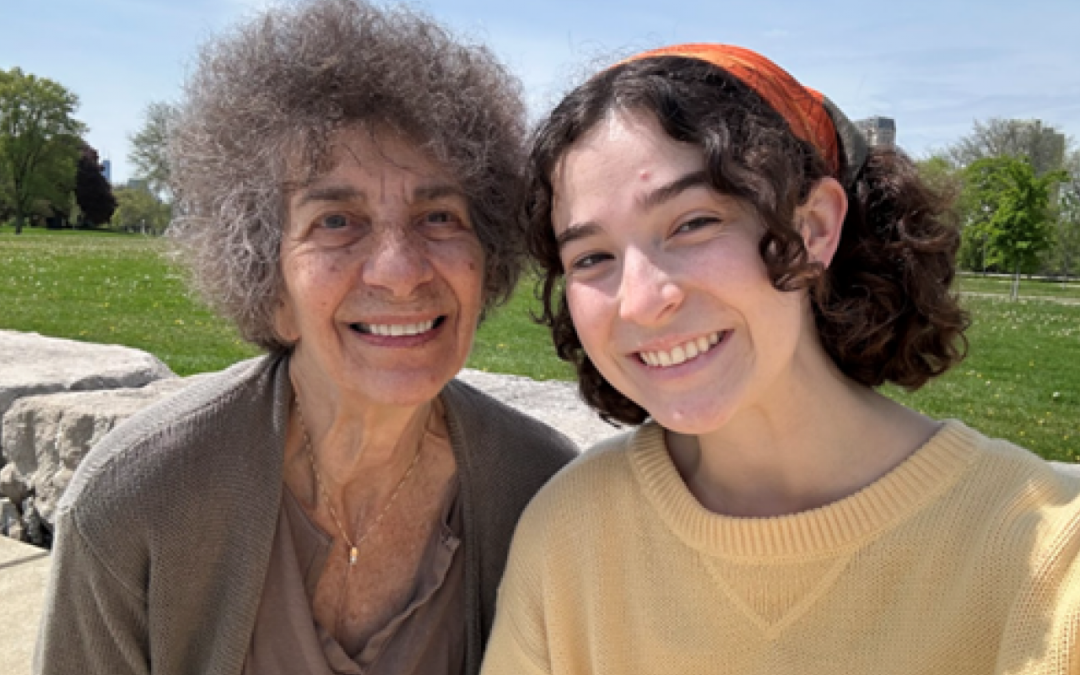
Pairs with Pride: Intergenerational Connections for LGBTQ+ Elders
According to SAGE Advocacy and Services for LGBTQ+ Elders, there are an estimated 3 million queer older adults in the United States, a number that is projected to reach 7 million by the year 2030. Furthermore, 53% of LGBTQ+ older adults report feeling socially isolated, indicating a great need for programs that promote social connectedness for this group....

Who Cares When the Caregivers Fall?
On Labor Day, I developed a fever. Chills, aches, and that creeping sense of something not being right filled my body. This wasn't new—my rheumatoid arthritis does a version of this sometimes. During a flare, my body aches, temperatures fluctuate, and I ride it out, hoping for relief within a day or two. But this time was different. Two days passed, and I...

Veterans: To Relieve Stress, Inform Family Ahead About VA Benefits
More than 6 million Americans receive earned benefits for military service—including disability compensation, education benefits, caregiver assistance, burial benefits and more. It is critical for spouses and caregivers to know how veterans' benefits are accessed and what could happen if or when a veteran dies. Consider this scenario. A veteran has not...

Navigating Diabetes: How CGMs and Nutrition Transform Older Adult Health
As November is Diabetes Awareness Month, it is important to understand how technological advancements in diabetes care offer important help for older adults. In adults ages 65 and older, nearly 50% have prediabetes and approximately 25% have a diabetes diagnosis. Diabetes may be complicated in older adults due to its duration, comorbidities, and functional...
Staff
Editor-in-Chief: Leanne Clark-Shirley, PhD
Senior Editor: Alison Biggar
Issue Contents
Why I Wrote American Eldercide
Fighting ageism will be one of the great public-health battles of the next decades. I didn't see that clearly enough until spring 2020, the start of the COVID Era of accelerated ageism. I have to confess I had written several anti-ageist books without confronting...
‘I Wish I Never Came Here’
This article is one of a series of four published as part of a collaboration between the American Society on Aging's Generations Now blog and the Department of Journalism in Boston University's College of Communication. The student journalists are members of Professor...
Fostering Dementia Family Caregivers’ Resilience Via a Virtual Social Model
Family caregivers of individuals with dementia navigate immense emotional, physical and social challenges, often leading to isolation and diminished well-being. Traditional support programs often focus on caregiving skills and patient needs, frequently overlooking...
ASA RISE and the Matrix of Domination
Editor's Note: The John A. Hartford Foundation is collaborating with ASA RISE to advance equity through a series of blog posts in support of the development and dissemination of equity-related, partnership-based thought leadership through ASA's Generation...
The Potential of Using AI to Design Safer Communities
The rising older population and evolution of technology is prompting many elder care communities to adapt to the changing needs of residents. Today, newer buildings feature restaurants, fitness centers and dedicated entertainment spaces, as well as additional communal...
Providers Are Failing People with Parkinson’s and Complex Dementias
Having been diagnosed with Parkinson's disease (PD), Jim was living peacefully at home with his wife. Suddenly, he had a change in cognition and began exhibiting confusion and stress behaviors that were described as aggressive. His wife called 911 hoping for help, but...
Spiritual Aging: The Path to Growing Not Just Old, but Whole
Adapted exclusively for the American Society of Aging from Carol Orsborn's Spiritual Aging: Weekly Reflections for Embracing Life (Inner Traditions, December, 2024) Who among us does not know more now than we did 10, 30 or 50 years ago? Not just about what is right...
Americans Want a Better Economy—Investing in Care Holds the Key
On the surface, the potential for deeper investment in the care economy is clear. The President-elect won the 2024 election with significant working-class support, from voters for whom the economy was an overriding concern. The 2024 Republican Party Platform vowed...
Weaving a Complex Safety Net for Unhoused People in Colorado Springs
In mid-September, Sydney Byer, manager, Policy and Strategic Partnerships for Next50 in Denver, interviewed Julie Divine, senior manager of Philanthropy at Springs Rescue Mission, which is one of Next50's grantees, about the experience of working with people who are...
Elder Financial Exploitation and the Role of the CFPB
One of the most critical risks facing older Americans, and indeed, Americans of all ages, is the problem of fraud. Fraud is devastating to the financial security of older Americans. The most conservative estimates translate into at least 4 million financial...
Improving Lives and Care: the Long-Term Care Ombudsman Program
During a 1971 helicopter ride to a speech in Chicago, President Nixon and former Commissioner on Aging Arthur S. Flemming were discussing the President's presentation of initiatives to improve nursing home care. By the time they arrived in Chicago, a new idea was...
SNAP Stories: Two Older Adults Navigating Benefits in New York
In late September, Laura Borth reached out to two aging organizations who assist older adults with SNAP (or SNAP applications). These are the stories of two older New Yorkers who rely upon SNAP benefits. For more than 25 years, I was a proud business owner in...
Champion of Elder Justice on Advocacy’s Long and Winding Path
It was March 23, 2010. President Barack Obama had just signed the Affordable Care Act into law, which included the landmark Elder Justice Act. The journey to getting this Act to become law has been a personal and professional honor and quite a story, too. The journey...
The Rising Share of Inpatient Hospital Days Attributed to Medicare Advantage
A recent KFF analysis found that Medicare Advantage enrollees account for a rising share of inpatient hospital days. The growth corresponds to an increase in enrollment in private Medicare Advantage plans, now the most common source of Medicare coverage, and comprises...
Improving Pressure Injury Quality Care with Nutrition
Pressure injuries are a topic not often mentioned when talking about the general healthcare of older adults in the community. But, for older Americans in hospitals, long-term care, and other care institutions, it's a very different matter. As The Joint Commission...
A Forest of Generations
Jeanette Leardi writes for multiple magazines and media outlets, including Next Avenue, and is a social gerontologist. At ASA she's known for keeping us on our toes as she is the first person to ferret out any and all unintentionally ageist phrasing or photographs....
Pairs with Pride: Intergenerational Connections for LGBTQ+ Elders
According to SAGE Advocacy and Services for LGBTQ+ Elders, there are an estimated 3 million queer older adults in the United States, a number that is projected to reach 7 million by the year 2030. Furthermore, 53% of LGBTQ+ older adults report feeling socially...
Who Cares When the Caregivers Fall?
On Labor Day, I developed a fever. Chills, aches, and that creeping sense of something not being right filled my body. This wasn't new—my rheumatoid arthritis does a version of this sometimes. During a flare, my body aches, temperatures fluctuate, and I ride it out,...
Veterans: To Relieve Stress, Inform Family Ahead About VA Benefits
More than 6 million Americans receive earned benefits for military service—including disability compensation, education benefits, caregiver assistance, burial benefits and more. It is critical for spouses and caregivers to know how veterans' benefits are accessed and...
Navigating Diabetes: How CGMs and Nutrition Transform Older Adult Health
As November is Diabetes Awareness Month, it is important to understand how technological advancements in diabetes care offer important help for older adults. In adults ages 65 and older, nearly 50% have prediabetes and approximately 25% have a diabetes diagnosis....
Editorial Advisory Board
Ruth E. Katz, Chair
Wendy Lustbader, Immediate Past Chair
Tobi Abramson, PhD
Joe Angelelli, PhD
Orion Bell, MBA
Fayron Epps, PhD
Mary L. Flett, PhD
Sarah Galvan, JD
Robyn L. Golden, LCSW
Donna M. Lisi, PharmD
Heather Menne, PhD
Najja Orr, MBA, DBA
Winifred V. Quinn, PhD, FAANP, FAAN
Laura Trejo, PhD
ISSN 2694-5126
Suggested citation for articles in this issue: [Last Name(s), First Name(s)]. “Article Title.”
About Generations Journal
Generations Journal is the quarterly journal of the American Society on Aging. Each issue is devoted to bringing together the most useful and current knowledge about a specific topic in the field of aging, with emphasis on practice, research, and policy.
